
The success story of Jeff Bezos: Built on the pillars of creativity, single-minded focus, and a will to provide the highest consumer experience
Success is like an iceberg. You just see the tip of it shining. What you don’t see is the portion underwater facing the odds.
When you think of Amazon, it’s all about experiments, invention, innovation, creativity, and customer satisfaction. Jeff Bezos, the founder, and CEO of Amazon is one of the richest person in the world with a net worth of 19,340 crores USD (2020). Additionally, he also owns a rocket company ‘Blue Origin’ and ‘Washington Post’ newspaper.
The road to success for Jeff Bezos wasn’t butterflies and rainbows.
- An early life of Jeff Bezos
Jeff was born in Mexico to a teenage mother, Jacklyn, and father Ted Jorgensen. The marriage just continued for over a year. She later remarried Miguel Bezos in 1968. Jeff was 4 years old at that time. As Jeff grew up he had developed an interest in computer science. After completing his graduation, he got offers from Intel and Bell labs. Jeff denied them all. He joined a startup- Fitel but later decided to quit and join Bankers Trust. By the age of 30, Jeff Bezos was already drawing a six-figure salary. Many would call him a successful person but he had other plans. One day while surfing through the internet, he found that the world of the web is growing by 2300%. Moving out of his comfort zone, he left his lucrative job at DE Shaw and Company and started his own company.
- Why is Amazon so successful?
The determination that went into accomplishing this dream is momentous. Amazon came into existence through a ceaseless and constant quest for building a quality organization. Amazon was built on the pillars of strength of character, single-minded focus, and a will to provide the highest consumer experience to every person associated with the company.
Jeff Bezos went on to build a web retailing system while the world was still wondering how the internet can function. The key focus for Amazon has never been to defeat competitors. Rather it focuses on helping consumers and building value for them. This keeps them engrossed in implementing their plans and policies.
- Amazon’s Rapid Expansion
The nineties were intense days at the company, but as Jeff Blackburn, responsible for product development and operations at Amazon, recalls that they were the most fun and challenging. Bezos’s ‘uplifting’ defeat was linked to the network effect – where goods or services become increasingly valuable as more people use them. The Internet was still fresh in the 1990s, and companies were still getting a grasp of how all these things work. Bezos saw the defeat as a crucial step along the way, and first in the series of critical experiments that would expand Amazon to third-party sellers. The zShops platform that had evolved from Auctions also failed to gain any momentum, and the company accepted that the Web’s small traders were inseparable from eBay due to the network effect. The most prominent user of these auction projects was, in fact, Bezos himself. This one time, he purchased a complete skeleton of an Ice Age cave bear for $40,000 and displayed it in the lobby of Amazon’s then-new headquarters at the Pacific Medical Center building with a sign that reads “PLEASE DON’T FEED THE BEAR.”
Amazon added clothing sales to the product line in October 2002, after partnering up with hundreds of retailers including Land’s End, Nordstrom, and The Gap. They also organized a subsidiary entitled Amazon Services which allowed customers to order goods from co-branded sites such as Borders and Toys ‘R Us. In 2003, Amazon launched A9 – a commercial search engine focusing on e-commerce sites. Around the same time, they opened an online sporting goods store, offering around 3,000 different brands. Amazon’s rapid expansion allowed Bezos to continue experimenting with new product lines and services. Some of them, like Amazon’s attempt at selling jewelry, didn’t work out. While others, like Amazon Prime, which offered free two-day shipping within the United States for an annual fee of $79, proved to be a significant success. In fact, Prime’s success led to Amazon’s launch in Italy, France, Germany, the UK, Canada, and Japan over the next decade. In addition to securing the customers’ loyalty, Amazon Prime service further distanced Amazon from its competitors.
Amazon took another leap towards innovation in technology development by introducing a series of e-readers The Amazon Kindle in 2007. Flipping back to the first page from which the company started, Bezos sought to alter the way people acquire books, and the Kindle series was revolutionary in its purpose. The Kindle is considered primarily responsible for the establishment of the electronic book market internationally. This lightweight reading device helped Amazon secure 95 percent of the U.S. market for books until Apple challenged The Kindle’s supremacy with the introduction of the iPad in 2010. In response, Bezos cut down the Kindle’s retail price and added new features.
It is remarkable to consider that Amazon’s sales revenue grew up by 122.56% from $48.08 billion (2011) to $107.01 billion (2015), but the net income growth remains volatile. For example, Amazon’s net income growth was negative and dropped by $241 million in 2014. However, in 2015, Amazon’s net income growth was positive and reached $596 million. But against the backdrop of rapidly growing sales revenue, the net income growth appears negligible. Bezos plans to initially forego profits for establishing brand-name recognition. “To be profitable [now] would be a bad decision,” Jeff told PC Week in 1998. “This is a critical formative time if you believe in investing in the future,” Jeff commented to Entrepreneur.com. Bezos has poured most of Amazon’s revenue into marketing and promotion and hopes to be the No. 1 player in the business. Amazon’s price per share grew up from $18.00 (May 15, 1997) to $549.42 (February 25, 2016).
In 2006, Jeff Bezos launched Amazon Web Services that includes a broad set of global compute, storage, database, analytics, application, and deployment services. Now they boast a mass of various subsidiaries, including a2z, A9.com, Amazon Web Services, Alexa Internet, Audible.com, comiXology, Digital Photography Review, Goodreads, Internet Movie Database, Junglee.com, Twitch, Zappos (the full list of Amazon’s properties is available at Quora), which allows business clients to employ Amazon’s online infrastructure technology. In 2012, the site launched Amazon Studios, a crowdsourcing site like Kickstarter only focused on the development of feature films and TV shows. Fortune magazine named Bezos “Businessperson of the Year” in 2012.
- What vision does Jeff Bezos have?
Jeff Bezos in his open letter to the public (Amazon annual shareholder letter) describes his vision. Here’s an extract from his letter.
“From very early on in Amazon’s life, we knew we wanted to create a culture of builders – people who are curious, explorers. They like to invent. Even when they’re experts, they are “fresh” with a beginner’s mind. They see the way we do things as just the way we do things now. A builder’s mentality helps us approach big, hard-to-solve opportunities with a humble conviction that success can come through iteration: invent, launch, reinvent, relaunch, start over, rinse, repeat, again and again. They know the path to success is anything but straight. It’s critical to ask customers what they want, listen carefully to their answers, and figure out a plan to provide it thoughtfully and quickly (speed matters in business!). No business could thrive without that kind of customer obsession. But it’s also not enough. The biggest needle movers will be things that customers don’t know to ask for. We must invest on their behalf. We have to tap into our own inner imagination about what’s possible.”
- What are Jeff Bezos’s failures?
There are many ventures that Jeff experimented and initiated which failed terribly. But that’s the culture of growth. If you aren’t failing and making mistakes, you aren’t doing anything important.
Fire phone is one such example of Bezos’s experiment. This project resulted in a loss of $170 million. Despite all efforts, the fire phone couldn’t compete with Android and iPhone. Another major failure was Amazon Local. This was an initiative to provide a daily deal that did not come off well. Others in the list are Amazon wallet, Amazon local registers, Music importer, Test Drive, Amazon WebPay, Endless.com, Askville, and many more.
Bezos says that experiments that do work out such as Amazon Kindle, Amazon Prime, AWS, and others are so successful that they pay for failures.
- Takeaway message
Adamant Focus: There will be distractions. There will be challenges and failures. You will always need to remember your ‘Why’
Probe further: The world will continue growing. New things will keep coming. Inventions and innovation is the culture of the world. Your curiosity will decide your success.
Fail to succeed: Coming out of your comfort zone is the key. There will always be a time to do it later. An idea will always remain an idea until you try that out. It may fail. It may succeed. If it succeeds, who knows, you can be the next Jeff Bezos.







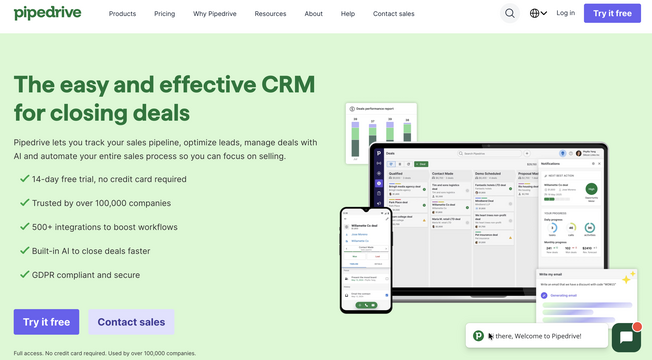
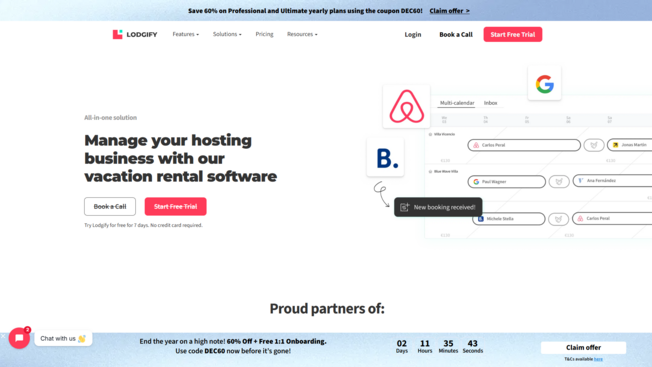
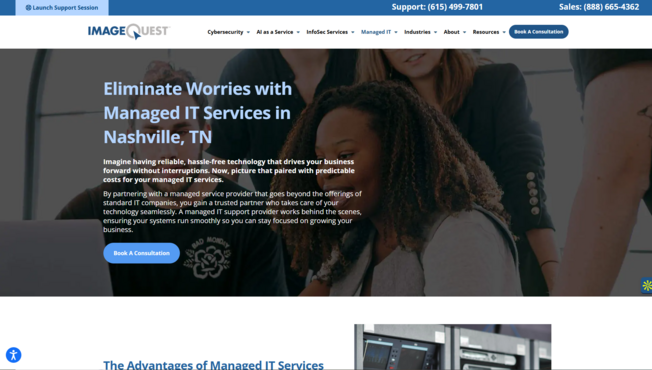



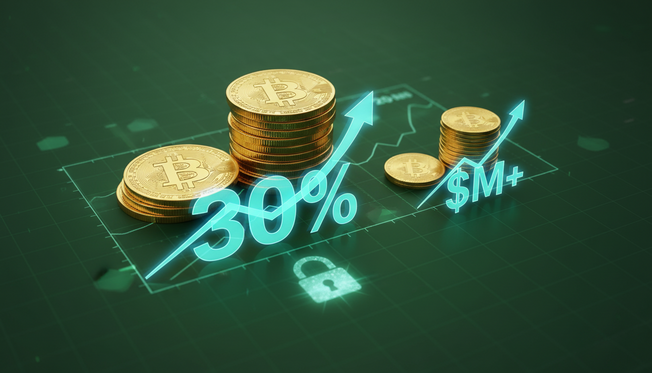

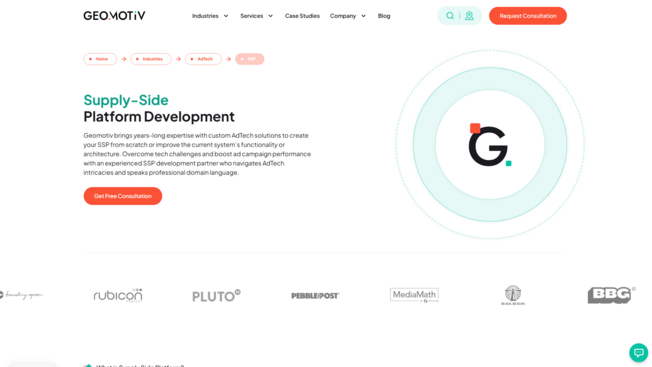
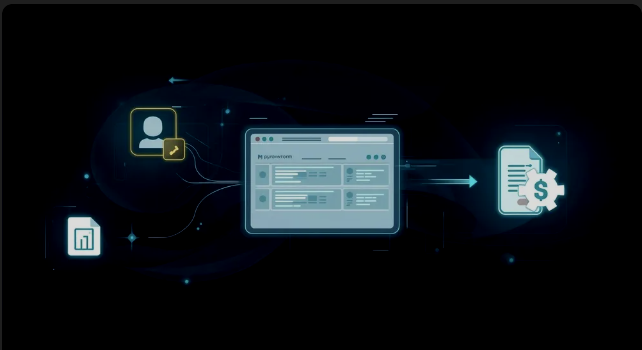
Leave a Reply